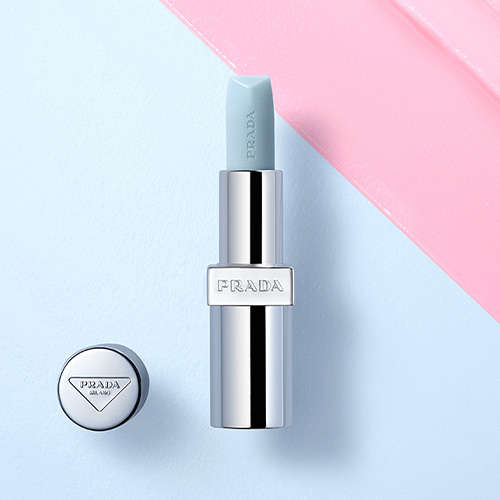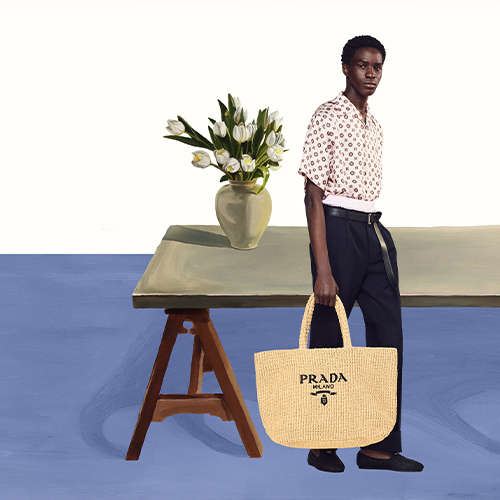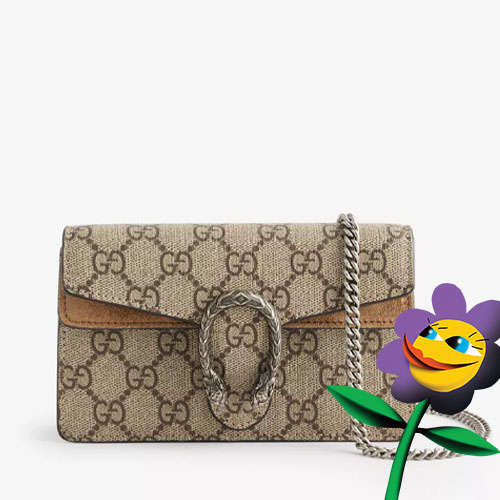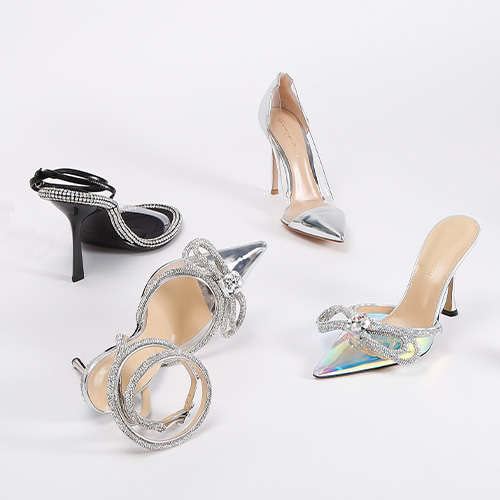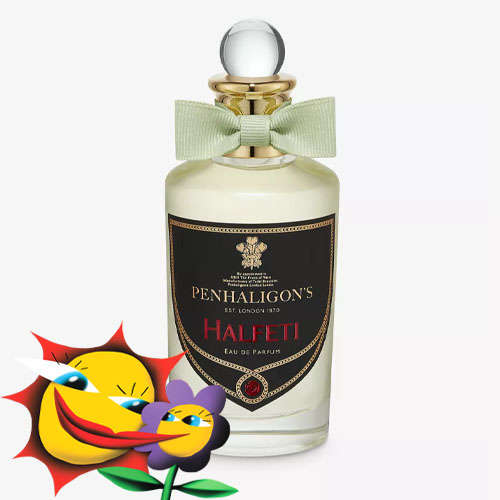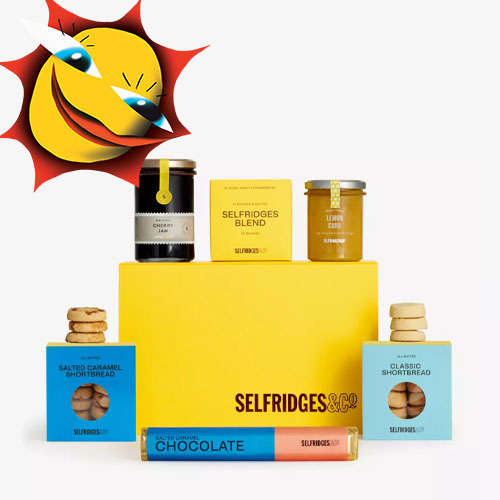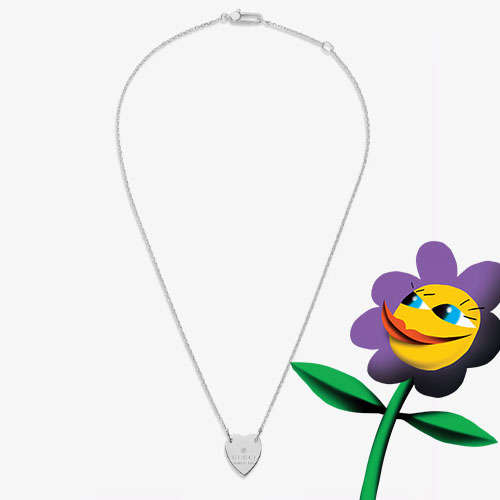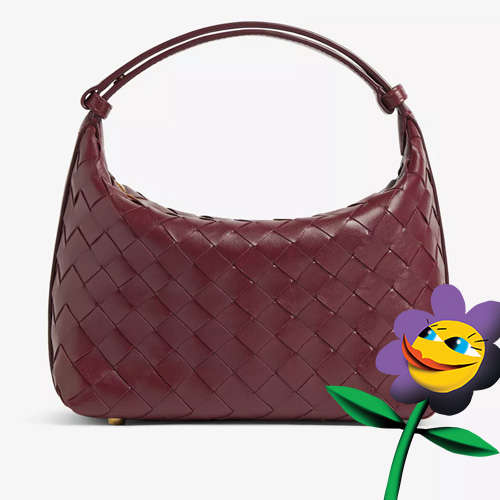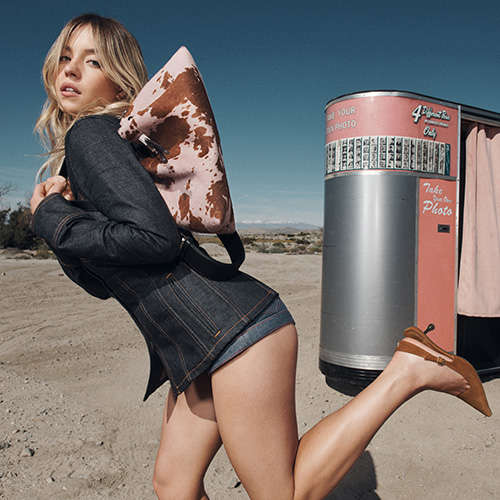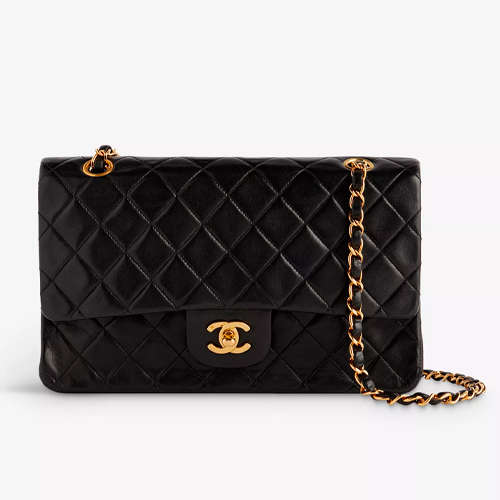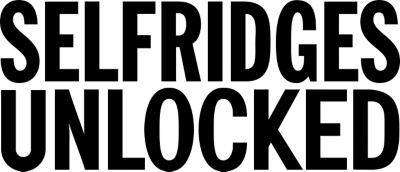- Australia / AUD $
- Canada / CAD $
- China / CNY ¥
- France / EUR €
- Germany / EUR €
- Hong Kong SAR China / HKD $
- Ireland / EUR €
- Italy / EUR €
- Japan / YEN ¥
- Kuwait / USD $
- Macao SAR China / HKD $
- Netherlands / EUR €
- Qatar / USD $
- Saudi Arabia / USD $
- Singapore / SGD $
- South Korea / KRW ₩
- Spain / EUR €
- Taiwan / TWD $
- United Arab Emirates / USD $
- United Kingdom / GBP £
- United States / USD $
- Not yours? Read more
Tell us what you think
Shop in your local currency and language
You are currently in United States US / USD $ store
- English
- English
- English
- English
- English
- English
- English
- English
- English
- English
- English
- English
- English
- English
- English
- English
- English
- English
- English
- English
- English
Did you know that we deliver to 130 countries or regions and offer a range of delivery options to suit you wherever you are in the world? Find out more
Sign up once to our Selfridges+ service and you can enjoy unlimited deliveries wherever you are in the world. FIND OUT MORE
International delivery
With almost everything on selfridges.com available for International Delivery, you can send your order to 130 countries or regions around the world, including North America, Australia, the Middle East and China.
Although we only offer 20 currencies to browse in online, you can still deliver to all of the following countries or regions:
- Algeria
- Andorra
- Antigua and Barbuda
- Aruba
- Australia
- Austria
- Azerbaijan
- Bahrain
- Bangladesh
- Barbados
- Belarus
- Belgium
- Belize
- Bermuda
- Bolivia
- Botswana
- Brunei
- Bulgaria
- Cambodia
- Canada
- Cayman Islands
- Chile
- China
- Colombia
- Costa Rica
- Croatia
- Cyprus
- Czech Republic
- Denmark
- Dominica
- Dominican Republic
- Ecuador
- Egypt
- El Salvador
- Estonia
- Finland
- France
- French Guiana
- Germany
- Gibraltar
- Greece
- Grenada
- Guadeloupe
- Guatemala
- Guernsey
- Guyana
- Honduras
- Hong Kong
- Hungary
- Iceland
- India
- Indonesia
- Ireland
- Israel
- Italy
- Jamaica
- Japan
- Jersey
- Jordan
- Kazakhstan
- Kenya
- Kuwait
- Laos
- Latvia
- Lebanon
- Lesotho
- Liechtenstein
- Lithuania
- Luxembourg
- Macau
- Malaysia
- Maldives
- Malta
- Martinique
- Mayotte
- Mexico
- Monaco
- Montserrat
- Morocco
- Myanmar
- Namibia
- Netherlands
- New Zealand
- Nicaragua
- Nigeria
- Norway
- Oman
- Pakistan
- Panama
- Paraguay
- Peru
- Philippines
- Poland
- Portugal
- Puerto Rico
- Qatar
- Reunion
- Romania
- Rwanda
- Saint Kitts and Nevis
- Saint Lucia
- Saint Martin (French part)
- San Marino
- Saudi Arabia
- Serbia
- Singapore
- Slovakia
- Slovenia
- South Africa
- South Korea
- Spain
- Sri Lanka
- Suriname
- Swaziland
- Sweden
- Switzerland
- Taiwan
- Tanzania
- Thailand
- Trinidad and Tobago
- Turkey
- Uganda
- Ukraine
- United Arab Emirates
- United Kingdom
- United States
- Uruguay
- Venezuela
- Vietnam
THE MANY FLAVOURS OF
HONEY DIJON
We caught up with DJ, designer and house music icon Honey Dijon to discuss the past, present and future of club culture, collaboration and creativity.
Words: Thea Bichard, Images: Roman Goebel
Raised on music and fashion magazines in Chicago – the home of house music – Honey Dijon has built a reputation for genre-defying DJ sets across the globe, filling dance floors wherever she goes – be it Berlin’s Panorama Bar, London’s Village Underground or a Dior afterparty. She moves between industries with ease, collaborating with Comme des Garçons for her fashion label, Honey Fucking Dijon, and recently completing her new album, ‘Black Girl Magic’ (listen out for the first two singles in July, and set a reminder for January 2021 for the full release). Via Zoom from her Berlin apartment, she chatted to us about self-expression, amplifying voices that are so often silenced and leaving your hang-ups at the club door.
Where does your love of music stem from?
I grew up in a very musical household. If my mother was cleaning the house or if we went to the grocery store, the radio in the car was on. Every Friday night, we would have a party at our house with me, my mum, my dad and my sister, and we would order a pizza, play records and dance with each other. My love of music came from my parents’ record collection.
What makes house music special to you?
My parents’ record collection was basically soul, R&B and disco. I fell in love with disco, and so when there was a backlash against it – I don’t know if you know about the Comiskey Park record burning in Chicago in 1979?
No…
Disco was predominantly still associated with people of colour and gay people. So, when it started to become very popular there was a backlash against all of the straight, white, male DJs, and disco went underground and morphed into house music, and you had black, gay people, people of colour, and women still celebrating and creating this music. I was a child at the beginning of the house music subculture movement, [and] whenever we had school dances [it was played]. I went from my parents’ living room to my school auditorium, so I feel like it’s my destiny.
That was also my introduction to fashion. A lot of people in early house music culture were emulating what was going on in the Downtown New York scene and European fashion magazines. That is how I express myself today as an artist, because in my development, music, fashion and art were never separate things – you used clothing to express yourself [and] find your tribe. I always associate clothing with inspiration and not aspiration – it was never about looking rich; it was never about status. You had these inner-city black kids taking the art of turntablism, the mix, fashion and vernacular and creating their own world, and I just fell in love with that.
I think one of the great things about music is that, if it touches you, it’s uncontrollable. I just want people to get out of their head, out of their egos and let themselves go
Was it ever a conscious decision to go into music?
I always loved music, but I never knew I could have a career in it. I thought I could have a career in fashion, but I never saw what I could do in it – when you’re a person of trans experience, like me, especially a trans woman of colour, you don’t see yourself anywhere. So, I just kept studying. You can’t go to school to be a DJ; I just knew that I loved music, clothing and style, and somehow, somewhere, I was going to manifest something. For many years, I didn’t know what that was. I was so ostracised as a teenager, so fashion magazines, disco records and pop records were my friends. I had many odd jobs while I continued to study style and fashion and buy records – I always say it was a curiosity that turned into an obsession, that turned into a hobby, that turned into a craft, that turned into a profession.
Everything that I have manifested has come from love – the love of music or fashion – and willing myself to be in these spaces, to know the best DJs and the best creatives in fashion, having the knowledge and blowing people’s minds with the shit that I knew. Everything that I have been able to achieve in my life has purely been from the love of it, just wanting to be part of the conversation.
How do you want your DJ sets to make people feel?
I think one of the great things about music is that, if it touches you, it’s uncontrollable. I just want people to get out of their head, out of their egos and let themselves go – leave all hang-ups at the door, [and have] no shame about how their body expresses itself. It’s freedom. In the words of Nina Simone: freedom is no fear.
Do you find it challenging to feel inspired and find spaces that you’re interested in performing at?
Before I had the success that I have, yes, it was a challenge because I had to build my name and my profile. I never would have imagined that, as a trans woman of colour, I would be collaborating with Comme des Garçons, or I would be able to headline festivals or create my own parties. [I hosted] Full Fantasy for four weeks in four different venues around London, and the last one was Black Girl Magic, for female-identified women of colour. Me being trans, [joined by] cis and non-binary women, we were able to collectively sell out a venue in London. I thought that was so historic and telling of how young people think and where things can go – you can’t stop a moment whose time has come.
How would you say club culture has changed over recent years?
I love when people talk about ‘underground’ – for me, underground ended when the internet started. Underground used to be word-of-mouth, research, subculture and finding a tribe, and now people do that digitally, everything’s available and there’s no sense of discovery. I think one of the things that has happened with technology and social media is that people only go for what they know or what they like. I think it’s also important to see what you don’t like, how people think differently than you or challenge you on your beliefs.
What about fashion?
I think the only cultural movement that we have now that fashion is reflecting is the breaking down of gender norms, and queer expression through fashion. Once dance music and house music culture became an industry instead of a culture, it became entertainment. When you have entertainment, it becomes about commerce, and commerce doesn’t necessarily push the envelope culturally. It just feeds back into what’s already been proven to be successful and capitalises on that, as opposed to people just expressing themselves for the pure sense of finding a place for themselves in the world to exist. The trans movement, the Me Too movement, the Black Lives Matter movement [represent] the cultural change that’s going to be expressed in the arts, and I see a lot of dance music going back to its roots [in] queer expression and culture.
Why is fashion important to you?
I’ve always been interested in fashion because I love the crafts of dressmaking and image-making. I love the possibility of redefining what beauty is. I use music as a form of self-expression, and [similarly,] I love to see fabric transformed. Fashion is an art, a craft, but the language [in which] one uses that can be artistic. Some people use oils; some people use scissors – I don’t see the difference.
Sweet tee
Shop the latest T-shirts from Honey Dijon’s Comme des Garçons label
The T-shirt (or the sweatshirt) has become such a billboard for people to communicate things that they love or that they’re into, even though it’s a very basic piece of clothing. I wanted to celebrate house music culture and queer culture through clothing.
How did your clothing label come about?
I just wanted to celebrate the culture that I came from – house music culture – and I always thought of that as an artistic movement. Back then [in the 80s], there were zines about the scene, talking about how people dressed, and top 10s of records that were played at the club. I wanted to infuse that vernacular into clothing today because I wanted people to have an emotional connection and maybe even a bit of an education about graphics from that time. The T-shirt (or the sweatshirt) has become such a billboard for people to communicate things that they love or that they’re into, even though it’s a very basic piece of clothing. I wanted to celebrate house music culture and queer culture through clothing.
Which fashion designers do you appreciate?
I still am obsessed with Vivienne Westwood, Zandra Rhodes and heritage fashion houses. I’ve been looking at a lot of Yves Saint Laurent from the 70s, Steven Sprouse from the 80s, Gianni Versace from the late 70s and early 80s, vintage Versace Avedon ads from the early 80s. I think the young generation challenging gender norms are interesting – there’s a brand called Vejas. Also, what Duran [Lantink] is doing in Amsterdam, upcycling fashion deadstock, is amazing. We don’t need more new clothes – why don’t we just take everything that we have now and repurpose them? That feels so fresh to me. I think, in a lot of ways, we were going so fast that this pandemic was like ‘stop’. At the beginning of the year, I saw people designing eight collections a year. What happens when you produce all of that? Where’s it going?
Is upcycling something you’re tempted to get into?
Yeah, I have a couple of projects where I want to use recycled materials and even some made-to-order things. Living in Berlin, I see it everywhere – we have so many humanas [secondhand stores]. If you have style, it’s not about being on-trend, it’s about creating your own voice through clothing, and it doesn’t matter if something is from today or 20, 30, 40 years ago. I’m friends with Dita Von Teese, and she dresses from a certain time, but it feels so modern because it’s true to who she is – that’s what I look for in people. I’m definitely interested in upcycling and I want to do some of that with Honey Fucking Dijon deadstock. We don’t need to throw this stuff away – it’s here, so we might as well recycle and keep doing that. You don’t have to just stop because something didn’t sell one season, you just continue the conversation. That’s what I really appreciate about someone like Rick Owens: he continues his dialogue, it’s never, ‘OK, this week we’re going to do bohemian 70s, next week we’re doing the 40s’. I think when you live by themes, you’re not living in the moment or having your own singular voice. There’s a whole tribe of people who only wear Rick Owens every day, all day. It doesn’t have to appeal to everyone, and so that’s what I’m trying to do; I’m trying to find my audience through my clothing and what I have to say, and I think it’s OK to not be this monolith of a brand.
I think when you live by themes, you’re not living in the moment or having your own singular voice. I’m trying to find my audience through my clothing and what I have to say, and I think it’s OK to not be this monolith of a brand.”
Who or what, culturally, is interesting and important to you right now?
Black Trans Lives Matter. Because trans folk – especially those who are people of colour – are oppressed within an oppressed culture. [I’m] also learning the history of our thinking about race and culture in general. Racism, to me, doesn’t only affect the oppressed, it affects the people who privilege or profit from it, too. I think this is a moment where we’re all looking at that. This pandemic has exposed the cracks in our societies. I’m interested to see what type of art comes out of this. What is the role of fashion now? Is it reflecting what’s actually happening in culture? How important is it? Do we need to be talking about luxury things when people are dying? We’re faced with a global pandemic; it’s basically devastated the fashion industry and the arts. What are we going to look like after this? How are people going to express themselves through clothing afterwards? I think this is a really important cultural shift for everything – for arts, fashion, music, race, gender. It seems like the pandemic and the economic toll and the exposure of [racism have created] the perfect storm for change.
What do you see as your role within that? Do you feel any pressure?
I don’t feel pressure. I wrote in my journal today, ‘fear is a learned behaviour’. And whose fear am I internalising? I try to dismantle the thinking that I’ve been taught about fear or life or gender. There are two things I live with: just because someone told you something, doesn’t make it true, and never believe everything you tell yourself. Most of the things we have internalised are things that have been taught to us. The fact that I’m a trans woman of colour [who] can work with one of the greatest fashion houses in the world, Comme des Garçons, and have this brand, I think that’s pretty much a first. There are so few women of colour – or [just] women – in fashion, and decision-making positions [are] still dictated by cis white men. Even as a woman, how you feel about your femininity is still through this male gaze in a lot of ways. I think the fact that I can own my own narrative and use my ideas and my culture for change and have a seat at the table, for another trans woman of colour or a [cis] woman – regardless of colour or race – to see someone in this position can inspire them, and then you never know what that person goes on to do.
How does it feel now, knowing that people are going to grow up and see you having had so much success?
It’s great if I can be that for someone. Even today I don’t see a mirror of affirmation for myself, but the question I ask myself is ‘why am I looking?’. I always love what Laverne Cox says, ‘I don’t want to be a role model, I want to be a possibility model’. That’s what I hope to do through my work with Comme des Garçons and the album I’m working on, ‘Black Girl Magic’. I’ve worked with a lot of black women songwriters, and it was important for me to work with queer women of colour and cis women. One song, Stand, is about standing up to racial violence. It’s sort of a political dance record for the dancefloor. I grew up with house music when it was message music – when disco was about love, sex, longing and desire – and I wanted to infuse that back into my work. I hope [the music has] that, and through what I do with my clothing I hope to have that, to liberate people to see themselves, for themselves.
How will you be marking Pride Month?
Every day I walk out of my house, it’s Pride Month. I live proudly every day; I don’t feel that I need a month or a week or a day. I walk through life as a black woman, as a black trans woman, as a person of colour, as a queer person, as a queer person who DJs in a predominantly male industry, as someone who makes clothing in a predominantly white world that has very few people of colour as creatives and decision-makers, and I think just the fact that I exist is Pride Month every day. So, I celebrate it by being happy. Happiness really threatens a lot of people.
Dripping in Honey Dijon
Take your pick of styles stamped with the HFD signature

